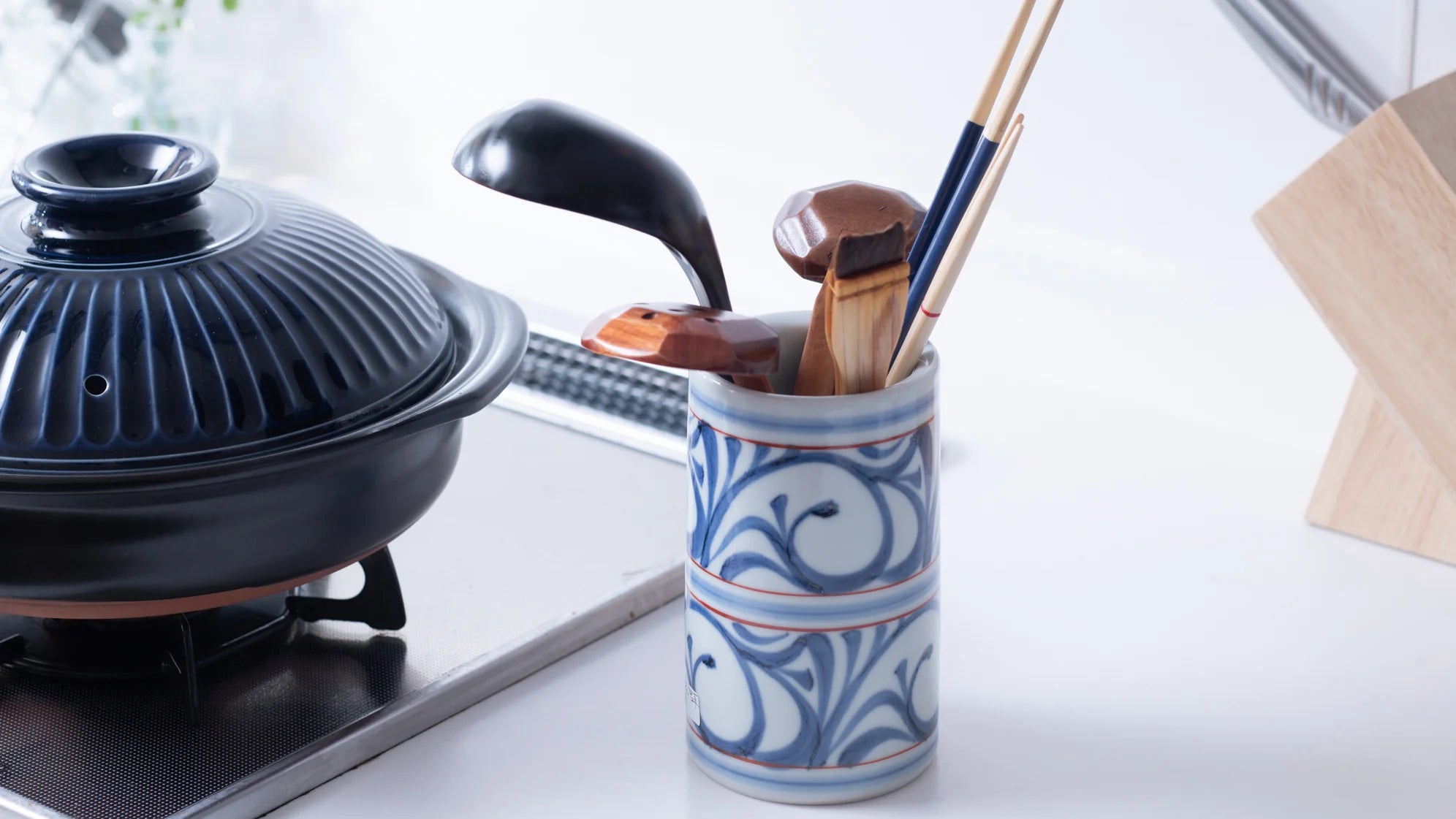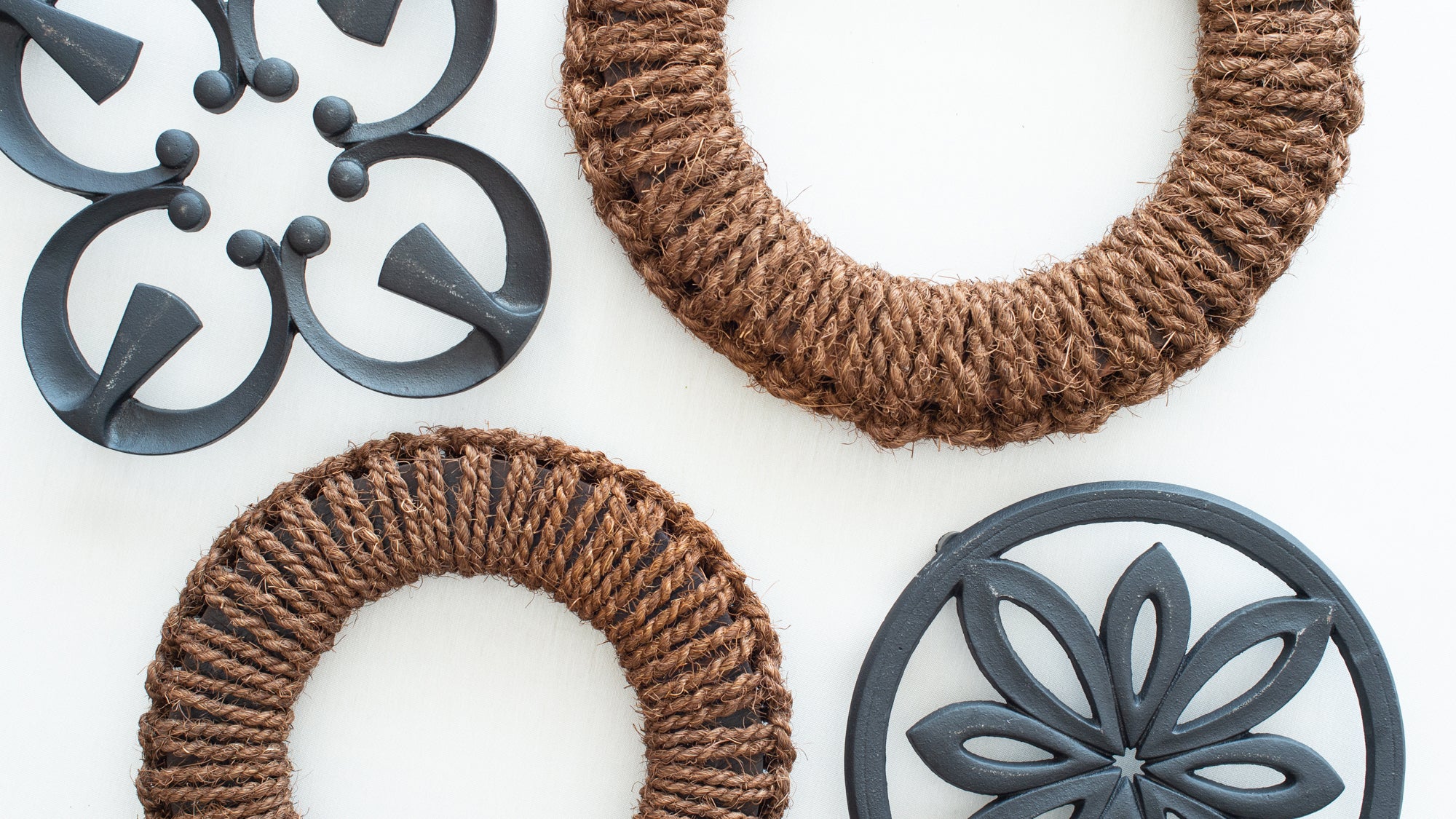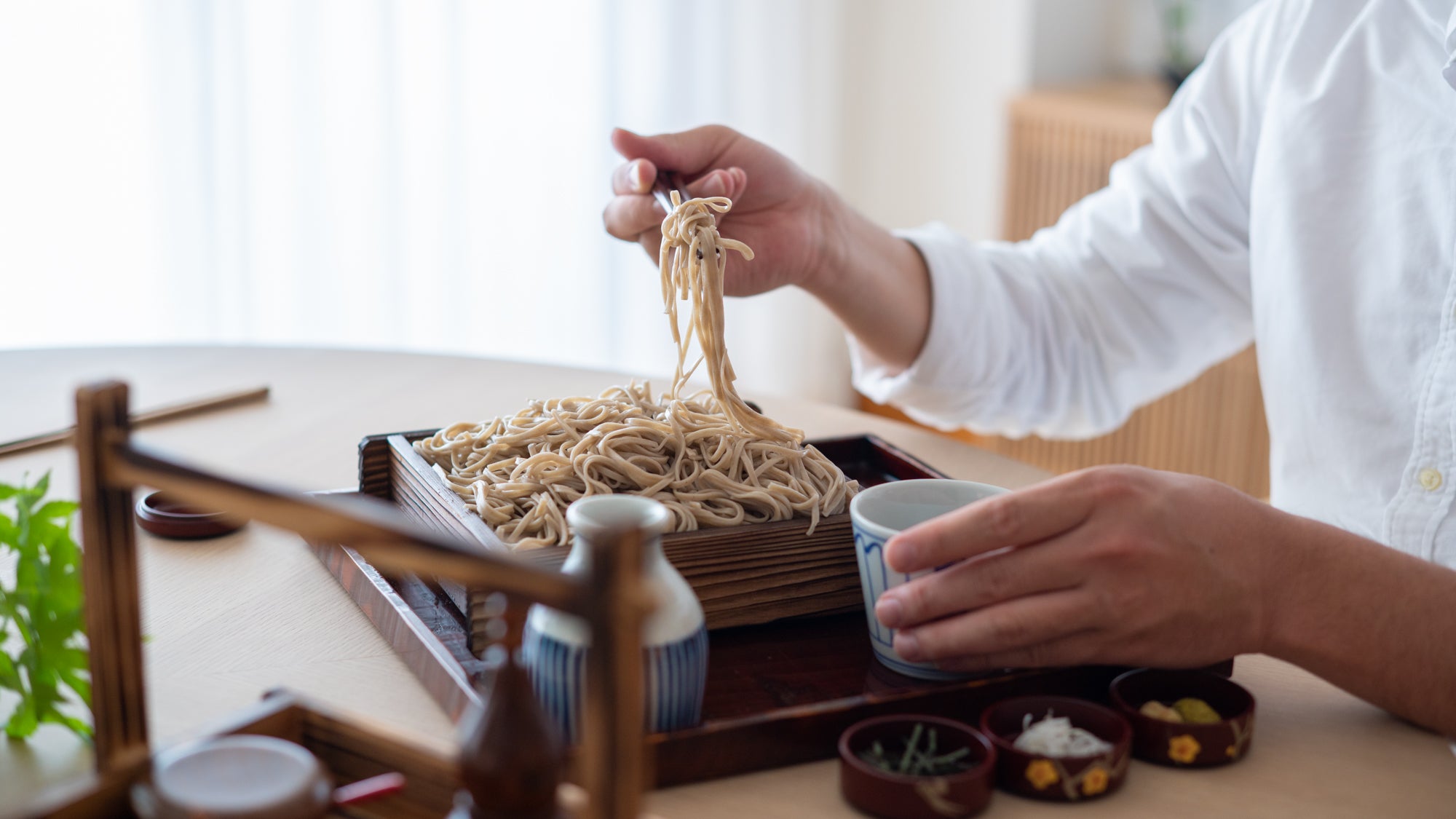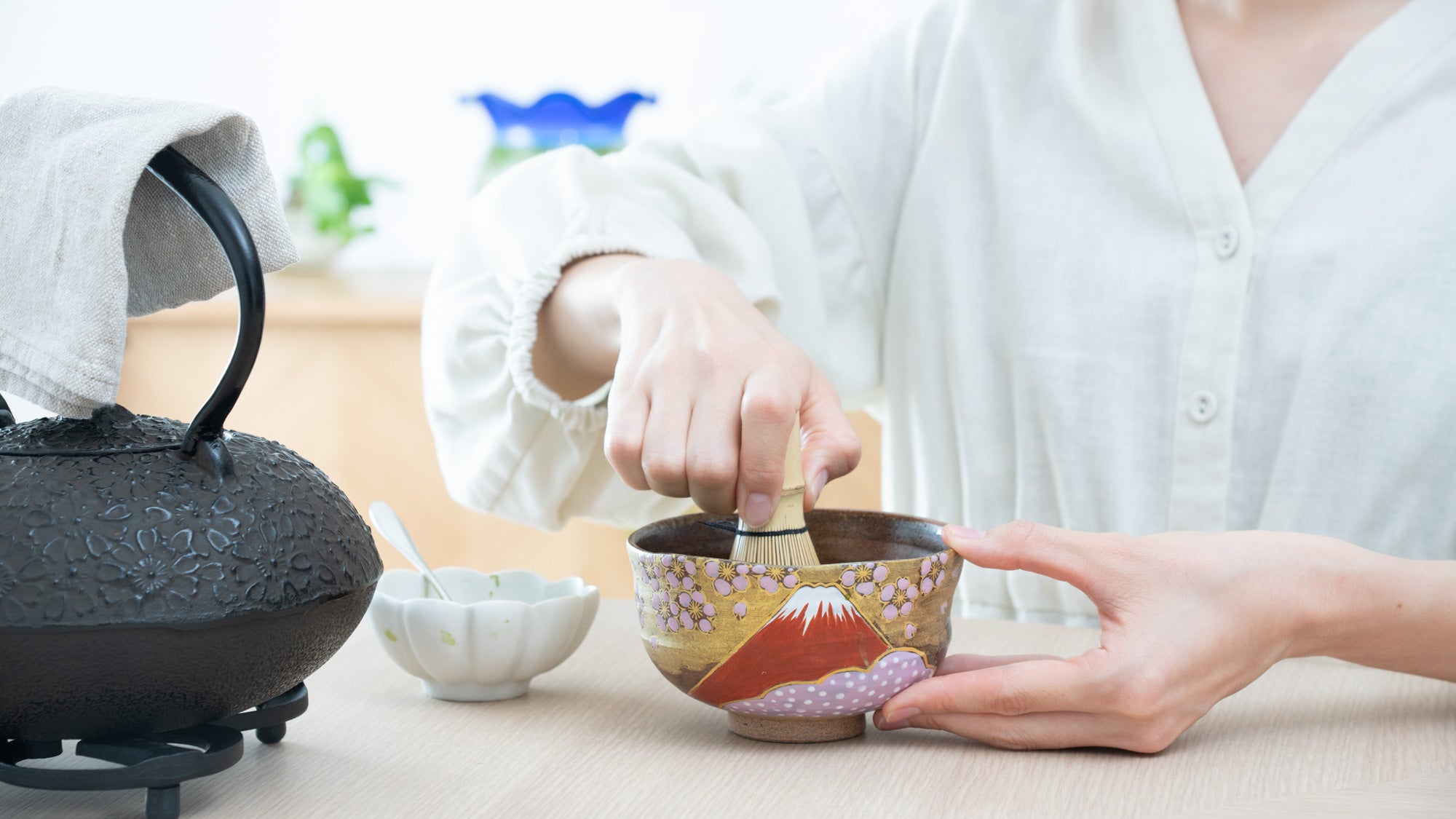23 Aug 2022
What Is the Meaning of Animals Painted on Japanese Tableware?

We have previously introduced traditional Japanese patterns and floral motifs on Japanese tableware, and now we will take a closer look at animal motifs. Japanese tableware often incorporates seasonal and auspicious designs, and animals are no exception.
Just like traditional patterns and floral motifs, animals depicted on tableware carry rich cultural meanings and symbolism in Japan. For instance, a goldfish symbolizes summer, a rabbit represents autumn, while a phoenix or a dragon are seen as harbingers of happiness. Imagine serving cold jelly on a goldfish-motif dish in summer; the goldfish appears to swim through the translucent jelly, creating a cool and chic presentation. Such dishes not only enhance the meal but also spark engaging conversations, making dining experiences more memorable.
Now, let's explore and find your favorite animal motifs!
Contents
- Cat
- Dog
- Fish
- Bird
- Rabbit
About "Neko" Cat Motif

Cats have become one of the motifs representing the Japanese Kawaii sense, as exemplified by Hello Kitty. Whether playing with toys, curled up in a ball, or sleeping, cats are attractive in any pose, and are very popular as motifs for Japanese tableware. Also, figurines called "Lucky Cat" are traditionally seen in stores as a charm to bring prosperity and good fortune, and are recently favored as interior decorations.
The Japanese cat is a cat breed unique to Japan. They are characterized by such external features as a slightly rounded, cheeky, nasal face, medium build, thick limbs, and short hair. A short tail and a crooked tail that bends in the middle, which are rare in the West, are relatively common. One of the most attractive features of Japanese cats is the variety of coat colors: white cats, black cats, tiger cats, rusty cats, petite cats, tortoiseshell cats, and tortoiseshell cats, all of which have different personalities.
Cats have always been cherished pet animals in Japan's history. Cats began to be kept by aristocrats and some other people around the Heian period (794-1185), and in the Edo period (1603-1868), cats had a special place in Japanese society, with laws and regulations prohibiting theft and sales, and even stipulating the environment in which they should be kept under penalty.
One of the reasons cats were so valued was the problem of breeding. Unlike dogs, which are omnivores, cats are pure carnivores. Since ancient times, Japan has basically had no custom of consuming animal protein, and other than rats, the only other source of protein that cats eat in Japan is fish, hence the peculiar image of cats in Japan as fish lovers.
After World War II, as the lives of ordinary people became more comfortable, the number of households keeping them as pets increased considerably. As a result, they are widely loved as very familiar animals in Japan today.
Recommended Items of Cat Motif

Kutani Lucky Cat - Maneki Neko S
View Items
Ukiyoe Cats Chirimen Yuzen Furoshiki Wrapping Cloth 27in
View Items
Cat MATE Hasami Chopstick Rest
View ItemsAbout "Inu" Dog Motif

Japanese people began living with dogs more than 10,000 years ago.It is believed that the Jomon people, who lived by hunting, lived with dogs and treated them as family members. Dog bones found at early Jomon sites were carefully buried, indicating that the Jomon people were very protective of their dogs.
There are six breeds of dogs, each of which is designated as a natural monument. Of these, the most commonly bred is the ”Shiba Inu”, which is the smallest of all Japanese dogs, has a wild appearance, and retains many of the characteristics of the Japanese dog. They are very alert and somewhat stubborn. They are very loyal to their owners and tend to protect their families. They are very happy when praised by their owners, and it is said that they are basically hard to miss only their owners. They have a clear sense of hierarchy, and if they are properly trained in the beginning, they can be used as guard dogs.
Other breeds include the following...
"Hokkaido Inu": Calm, patient, and brave. It is classified as a medium-sized dog.
"Akita Inu": Akita Inu is the only large-sized dog among Japanese dogs. Like the Shiba Inu, it is loyal and has a rather strong body.
"Kai Ken" - The second smallest breed after the Shiba Inu. It is characterized by its wolf-like appearance and agile, wild movements.
"Kishu Ken" is strong and muscular, with a low barking disposition. They are a little more aggressive than other breeds.
"Shikoku Inu" is from a warmer region, so it is more tolerant of heat. They have a lot of physical strength and endurance.
Recommended Items of Dog Motif

Seikou Kiln Shiba Inu Kutani Sauce Plate
View Items
Dogs Yellow Beige Furoshiki Wrapping Cloth 19in
View Items
Dog MATE Hasami Chopstick Rest
View ItemsAbout "Sakana" Fish Motif
Japan is an island nation surrounded by oceans, so fish was the basic source of animal protein before Western standards of meat-eating became the norm. For this reason, fish motifs are also very familiar to the Japanese, and are a favored motif on Japanese tableware.
And the most popular species of fish motifs are goldfish and sea bream.
"Kin-Gyo" Goldfish

The goldfish is a variant of the carp, an ornamental fish with white, red, gold, and black colors and beautiful lacy fins. Since the Edo period (1603-1868), goldfish themselves have been popular as interior decorations along with glass aquariums, and as motifs in craft designs, often seen as patterns on summer kimonos and tableware.
Because they are aquatic creatures and have a cool impression, goldfish are a motif that Japanese people associate with summer, and goldfish-patterned tableware is a popular choice for summer table settings.
"Tai" Sea bream

Sea bream is one of the finest Japanese fish, with its firm flesh and rich savoriness, and is often eaten at festive occasions because it is a symbol of good fortune in Japan.
Among tableware, edible fish are especially popular as motifs for flat plates, and sea bream is known as one of the most celebratory fish.
Recommended Items of Fish Motif

Bizan Kiln Goldfish Kutani Teacup
View Items
Sea Bream-shaped Hasami Sauce Plate
View Items
Harekutani Fish Sauce Plate
View ItemsAbout "Tori" Bird Motif
Birds are one of the few creatures on earth that fly in the sky, and because of their proximity to the heavens, they are considered sacred animals worldwide. In Japan, birds are revered as messengers of the gods in Shintoism. For this reason, birds have often appeared in paintings, sculptures, and other artistic works since ancient times, and are also a popular motif in tableware designs.
Bird Motif Collection"Tsuru" Crane

In the past, the Japanese believed that cranes lived for 1,000 years. Therefore, the crane is also a lucky motif signifying longevity. This motif is often chosen for tableware used for celebratory occasions and as a commemorative gift for grandparents.
Crane Motif Collection"Suzume" Sparrow

Sparrows are representative of small birds found in everyday life. Although they are commonly seen everywhere in the world, they are so familiar and friendly to the Japanese that they are the main characters in old tales.
They appear in all seasons, but the sparrow that snuggles up with its feathers puffed out in the cold of winter is called Fukura-Suzume, a popular seasonal term in Haiku because of its lovely appearance.
"Hou-ou" Chinese Phenix

While there are many myths and legends associated with birds throughout Asia, the legend of the phoenix is particularly famous as a legend that was introduced to Japan from China.
The legend of the phoenix, whose eggs are said to be a medicine for immortality, is also depicted in Osamu Tezuka, one of Japan's most famous manga artists, in his work "Hi no tori" (The Phenix)," as a spiritual bird that governs reincarnation and life.
Recommended Items of Bird Motif

Origami Crane Kutani Chopstick Rest Set
View Items
Peony and Twin Sparrows Kutani Japanese Flower Vase
View Items
Akae Red Phoenix Kutani Guinomi Sake Cup
View ItemsAbout "Usagi" Rabbit Motif

Rabbits have long been considered a symbol of spring in the East, and their gentle and calm appearance also signifies domestic safety and peace. Because of its cute appearance, many Kawaii characters of the rabbit have been created and it is one of the most beloved animals.
In Japan, the rabbit is also said to be a messenger of the moon because its crater shape looks like a rabbit making rice cakes, and it is often depicted with the moon. Therefore, rabbits are associated not only with spring but also with autumn. It has appeared in mythology since ancient times and is considered a sacred and auspicious animal. It is said that leaping = leap, many children = fertility and prosperity, and its long ears are said to attract good fortune.
Recommended Items of Rabbit Motif

Rabbits Under the Moon Yamanaka Lacquerware Set of Two Pairs of Chopsticks 22.5cm/8.9in
View Items
Rabbits bouncing on the grass Rayon Chirimen Furoshiki Wrapping Cloth 27in
View Items
Ri Sanpei Moon Rabbit Arita Japanese Teacup
View ItemsPick Your Favorite Animal Motifs!
Cute, humorous, or graceful animal motif tablewares will soothe your feelings and add wow factor to a table setting. Animal motifs come in a variety of patterns and designs, and can be used to create a variety of settings, from a fun and colorful table that children will enjoy to a more mature, relaxed and chic table. We hope you will try to create an impressive dining space with your favorite animals!
What is "Chojugiga" Animal Caricatures?

"Choju-giga" Animal Caricatures is Japan's first manga and a national treasure of Japan, drawn an estimated 800 years or so ago.
The cartoons depicted anthropomorphic animals such as rabbits, frogs, and monkeys wrestling, fighting, and playing as if they were human, and were a tremendous influence on later Japanese manga, anime, and art.
The motif has a long history as a craft motif and can be seen in a wide range of items from fabrics to Japanese Lacquerware and ceramics.
Recommended Items of Chojugiga Motif

Keizan Kiln Choju-Giga Arita Fan-shaped Sauce Plate
View Items
Green Choju-Giga Round Window Furoshiki Wrapping Cloth 27in
View Items
Reversible Purple and Green Choju-Giga Furoshiki Wrapping Cloth 41in
View ItemsFind Your Animal From "Junishi" Oriental Zodiac

In Japan, one of those twelve animal symbols called Junishi are adopted on each year. It is came from ancient China and believed that the animals were applied to make it easier to remember each of the twelve cycles based on Jupiter, which circles the sun in twelve years, used to count the years, and is sometimes used for horoscopes in modern times.
To conclude this article, we invite you to find the animal that applies to your birth year. (Unfortunately, cats are not among the Junishi. I don't know why, but is it because it makes people who are born in the year of the cat envious? )
Find your birth year in the table below and learn which animals apply to you.
| Table header 0 | Table header 1 | Table header 2 | Table header 3 | Table header 4 | Table header 5 |
|---|---|---|---|---|---|
| Year of The Rat | 1960 | 1972 | 1984 | 1996 | 2008 |
| Year of The Ox | 1961 | 1973 | 1985 | 1997 | 2009 |
| Year of The Tigar | 1962 | 1974 | 1986 | 1998 | 2010 |
| Year of The Rabbit | 1963 | 1975 | 1987 | 1999 | 2011 |
| Year of The Dragon | 1964 | 1976 | 1988 | 2000 | 2012 |
| Year of The Snake | 1965 | 1977 | 1989 | 2001 | 2013 |
| Year of The Horse | 1966 | 1978 | 1990 | 2002 | 2014 |
| Year of The Sheep | 1967 | 1979 | 1991 | 2003 | 2015 |
| Year of The Monkey | 1968 | 1980 | 1992 | 2004 | 2016 |
| Year of The Rooster | 1969 | 1981 | 1993 | 2005 | 2017 |
| Year of The Dog | 1970 | 1982 | 1994 | 2006 | 2018 |
| Year of The Boar | 1971 | 1983 | 1995 | 2007 | 2019 |



























































































































































































































